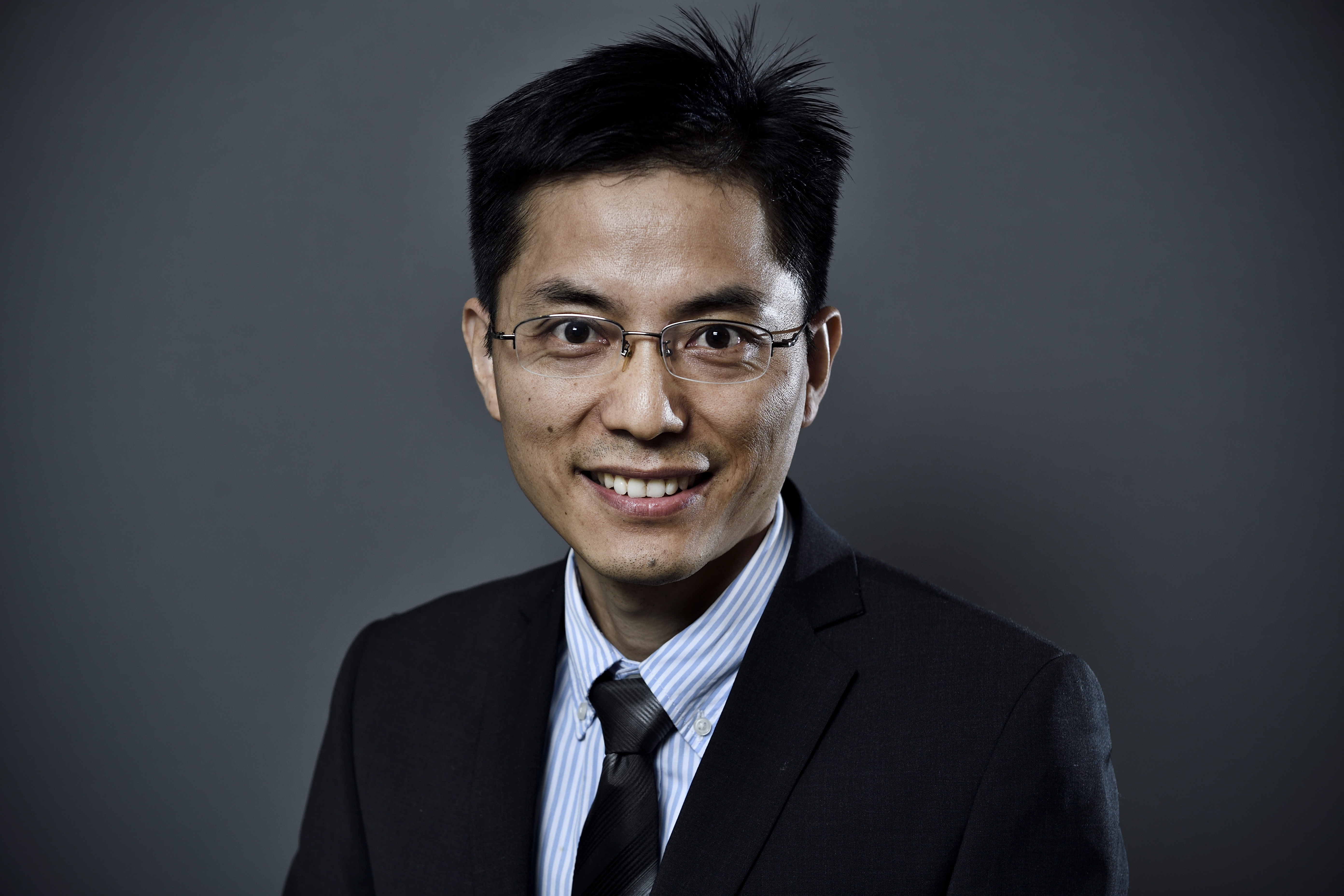Changzhu Wu
Research leader

Project title
Tailoring protein-polymer conjugates for semisynthetic enzymes
What is your project about?
Enzymes are biological catalysts that accelerate virtually all chemical reactions within cells. They are so powerful that many reactions can be done just in fractions of seconds. Today, naturally found enzymes are widely used for applications like producing foods, drugs, and biofuels. However, natural enzymes are often unstable under industrial conditions, and they may not even exist for many specific reactions of interest. To address these issues, I will put active polymers (large chemical catalysts) onto proteins, generating artificial active sites on proteins (a process to create artificial enzymes), which is expected for the robust production of new chemicals and drugs in the future.
How did you become interested in your particular field of research?
Many years ago, I worked as a chemist in a company to explore chemical catalysts. During the course, I found that many industrial catalysts must work under extreme conditions while lacking great activity. To look for the best catalysts for sustainable use, I started to be interested in the most efficient and green catalysts in the world, i.e., enzymes, and decided to pursue my Ph.D. in enzyme catalysis in Germany. Now, one of my research focuses is to create artificial enzymes using chemical modification. This work will give me the chance to contribute to the sustainable industrial production.
What are the scientific challenges and perspectives in your project?
Creating artificial enzymes is very challenging because of the complex nature of proteins that is difficult to be manipulated for new functions. For example, one challenge in my project would be how to precisely control the interaction between active polymers and proteins for designed catalysis. This challenge will be addressed by tailoring polymer properties and protein structures. This project offers the first method of using polymers to create artificial enzymes. On a broader perspective, the exploration of the project will not only open a new avenue to chemists using protein-polymer conjugates for novel synthesis but also provide biologists with an efficient, alternative method to develop new enzyme catalysis.
What is your estimate of the impact, which your project may have to society in the long term?
In the long term, I expect that my project can provide the scientific community with a new method to create artificial enzymes. Technically, I expect to use the method to produce many new enzymes applied for chemical, fuel, and drug synthesis. Therefore, this project strongly impacts to chemistry, pharmaceutics and biotechnology industries, which are traditionally strong sectors in Denmark. Furthermore, the project will have the chance to provide a platform technology that can be not only reproduced in multinational corporations but also established by small and medium-sized enterprises (SME), creating new jobs.
Which impact do you expect the Sapere Aude programme will have on your career as a researcher?
First, the Sapere Aude programme provides me with an excellent chance to carry out the research project that I am dreaming of. Second, the programme allows me to establish a strong group in the field of artificial enzymes, eventually improving my scientific visibility. Last but not least, this prestigious grant will motivate me to do excellent research with high ambitions in the future.
View all research leaders here
Research institution
University of Southern Denmark, Danish Institute for Advanced Study (DIAS) and Department of Physics, Chemistry and Pharmacy
Research field
Enzyme Catalysis
City of your current residence
Odense, Denmark
High school
Wuwei No.1 Middle School, Anhui, China
